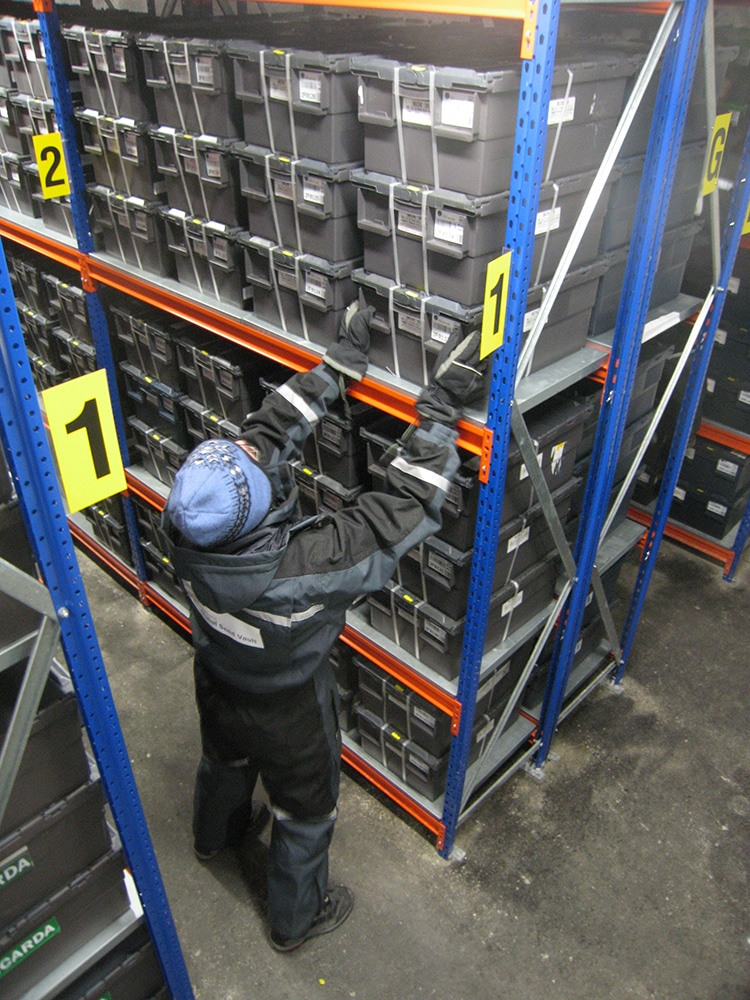The Svalbard Global Seed Vault.
While preppers stock up on canned goods, scientists have a different ideathey’re storing seeds.
The international agreement seeks to preserve food from natural and human disasters.

The Svalbard Global Seed Vault. (Photo: HOPSALKA/Depositphotos)
In 2004, Norway agreed to fund and construct a seed vault in the arctic permafrost.
Buried deep into the frozen Earth, the vault is naturally cold.
However, it is also cooled by state-of-the-art systems which maintain -18C (-0.4F).

Seed storage inside the vault. (Photo: Dag Endresen viaWikimedia Commons, Public domain)
The Norwegian government has updated their facility in recent years and is watching climate change predictions closely.
Many seed banks exist in Southern regions where many of the plants humans depend on flourish.
However, these climates may be more susceptible to climate crises.
Plant seeds interned around the world are backed up in Norwaylike an external hard drive for agriculture.
This month, the doors open to admit samples of millet, sorghum, and wheat.
Wheat is very important to the human diet.
Along with maize and rice, it composes 40% of our global diet.
The Svalbard Global Seed Vaultwhich opens only several times a yearwill receive new seed samples.
The bank serves as a safeguard for catastrophe.
Seed storage inside the vault.